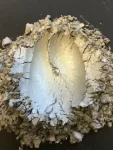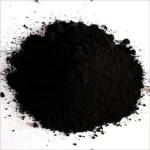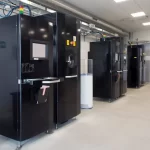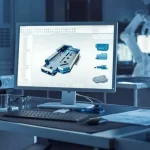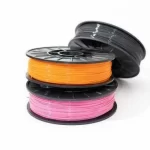Ultrafast preparation of nanocrystalline graphene films by quenching method Graphene, a two-dimensional carbon allotrope with extraordinary electrical, thermal, and mechanical properties, has attracted immense interest in various fields including electronics, energy storage, and biomedical applications. The unique properties of graphene can be further enhanced by modifying its structure, such as by creating nanocrystalline graphene films. […]
